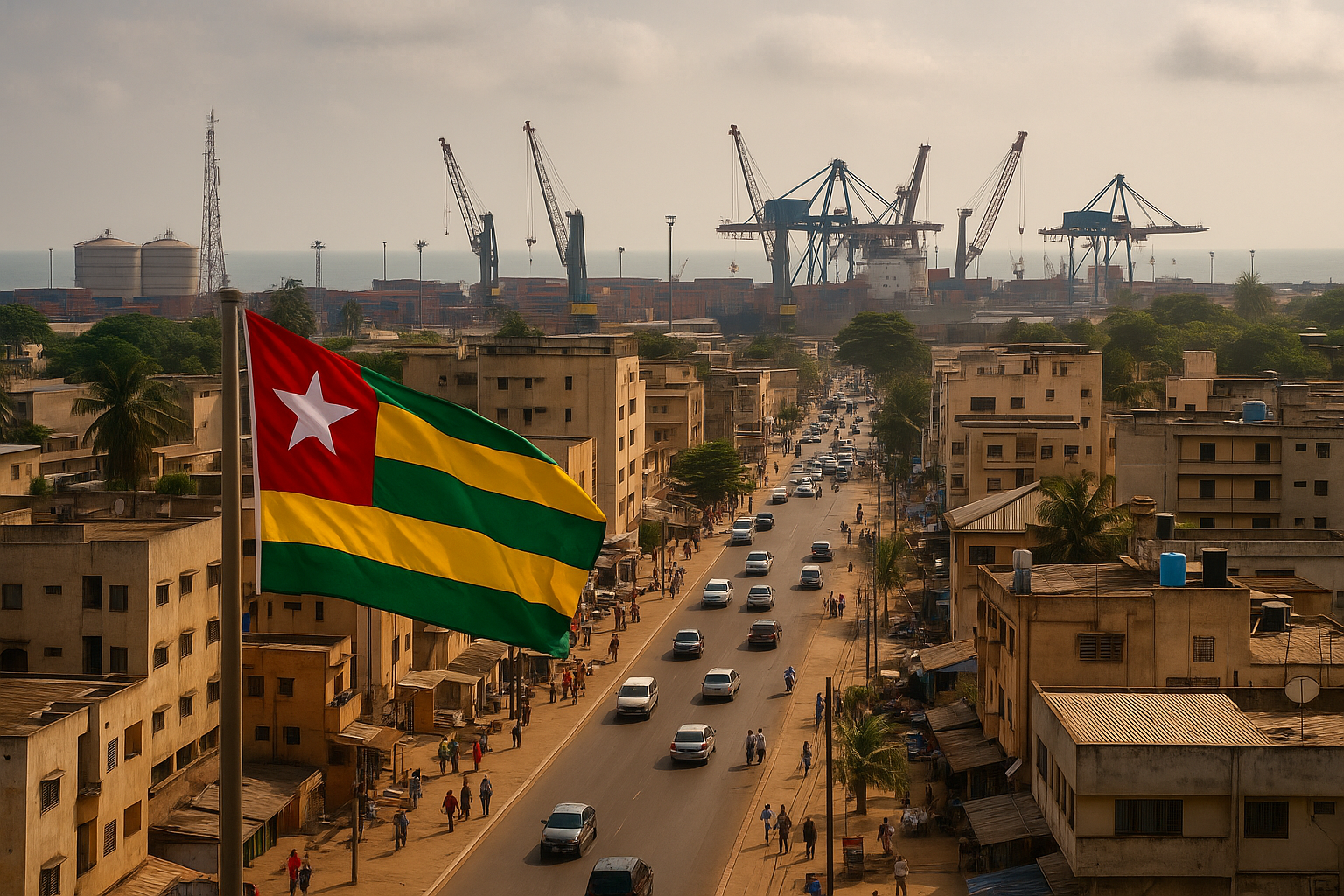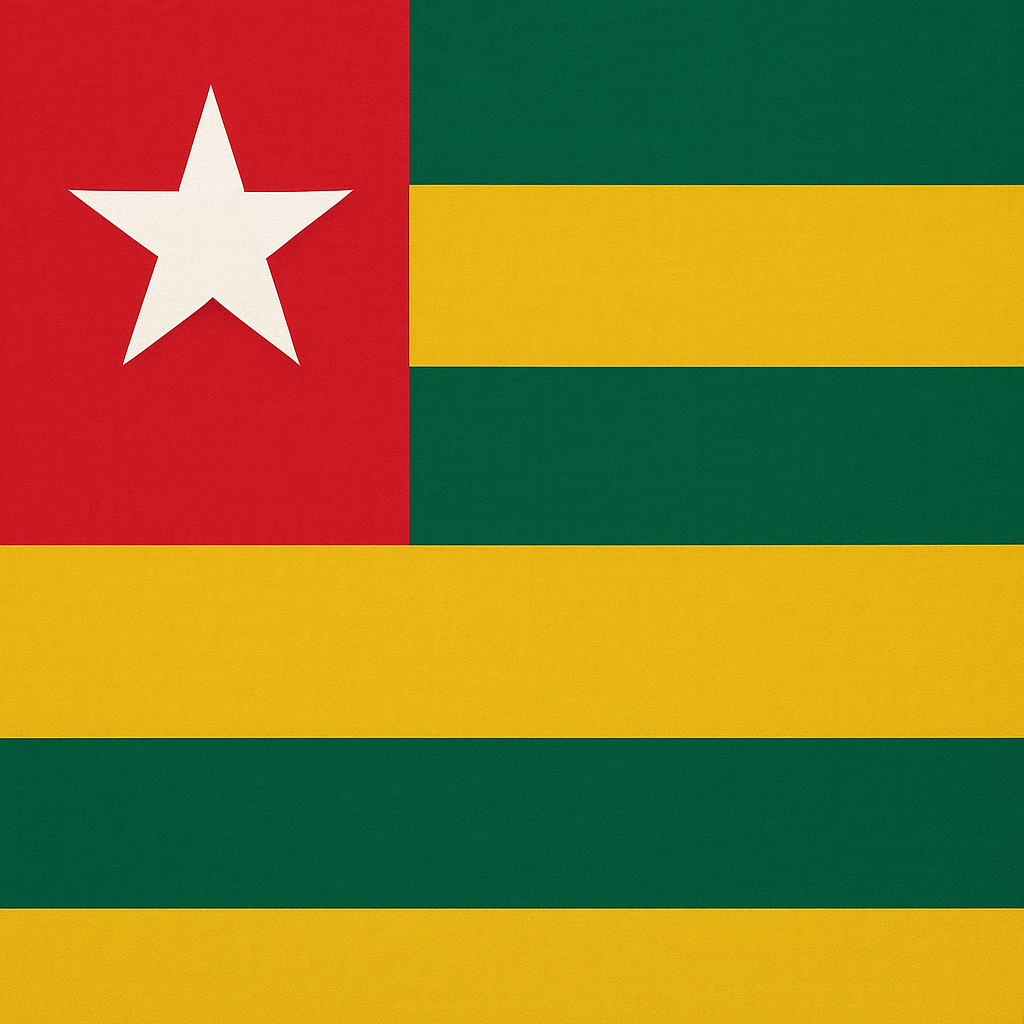Togo stands at a critical juncture. Economic reforms undertaken in recent years—rooted in fiscal discipline and private-sector promotion—have led to modest GDP growth and improved infrastructure. Yet beneath these gains lie deep-seated challenges: persistent youth unemployment, fragile fiscal stability, and economic inequalities that threaten social cohesion. How Togo navigates this balancing act will determine whether it can translate progress into shared prosperity—or fall prey to widening disillusionment and instability.
Sustained Growth, but Uneven Distribution
Over the past three years, Togo has recorded GDP growth averaging between 4% and 5% annually, fueled by investments in roads, port expansion in Lomé, and telecom liberalization. The government’s streamlined business regulations have also attracted regional entrepreneurs.
However, this growth has not been evenly felt. Urban centers—home to a vibrant informal economy—have reaped most of the benefits. Meanwhile, rural regions continue to lag, with limited access to markets, credit, and technical training. The agricultural sector remains subsistence-driven, and efforts to transition smallholder farmers into commercial producers have yielded mixed results.
Youth Unemployment: A Demographic Time Bomb
Togo’s population is young, with over 60% under the age of 25. Yet youth unemployment remains stubbornly high—estimated at nearly 30%. Many young people in both urban and rural areas lack access to vocational skills, affordable capital, or mentoring opportunities. Consequently, informal entrepreneurship dominates, often yielding low earnings and little job security.
This unemployment crisis is intertwined with social discontent. The protests earlier this year demonstrated how economic grievances amplify political frustration. If left unaddressed, youth marginalization may erode social stability and fuel demands for radical reforms.
Managing Rising Public Debt and Fiscal Reforms
Togo’s government ran persistent deficits in pursuit of infrastructure upgrades. To manage debt, it has launched a dual strategy: fiscal consolidation—via moderate tax hikes on telecoms and luxury imports—and accessing concessional financing from development partners.
While this approach has stabilized debt-to-GDP ratios around 60%, it leaves little room for new spending. Containing debt burdens will depend on expanding the tax base, improving public-sector efficiency, and accelerating revenue growth without imposing undue hardship on lower-income populations.
Diversification: From Agriculture to Digital Services
In response to external shocks and the volatility of export commodities, Togo is actively pursuing economic diversification.
- The agriculture sector is being revamped with extension services, irrigation schemes, and crop insurance—designed to transition farmers from subsistence to market-oriented production.
- The nascent digital economy is gaining momentum. With over two-thirds of the population connected to mobile Internet, tech hubs in Lomé are incubating startups in fintech, e‑commerce, and digital logistics—areas ripe for youth-led innovation.
Achieving meaningful diversification will require scaling these initiatives, investing in human capital, and ensuring that regulatory frameworks support—not stifle—emergent industries.
Regional Integration and Economic Resilience
Togo’s strategic location and involvement in regional economic blocs—ECOWAS and the West African Economic and Monetary Union—position it as a potential trade and transit hub. Recent upgrades to Lomé’s deep-sea port and improved road links to landlocked neighbors like Burkina Faso and Mali strengthen this potential.
However, border disruptions due to security threats in the Sahel region could undermine these gains. Sustained resilience will depend both on investment in logistics infrastructure and cooperation on regional stability.
Why This Moment Matters
- Domestically, Togo must turn macroeconomic growth into everyday opportunity. Meeting youth expectations for employment and services is essential to sustaining political legitimacy.
- Regionally, Togo’s role as a transit and trade hub gives it economic importance—but also exposes it to external shocks and security risks.
- Globally, the country represents a test case for balanced development: Can governments in small countries manage growth, reform, and social equity simultaneously?
Policy Recommendations
- Scale up vocational training and youth entrepreneurship funds, targeting sectors like agribusiness, digital services, and green energy.
- Enhance rural access to credit and markets, through microfinance initiatives and cooperative aggregation schemes.
- Maintain fiscal discipline while protecting social investment, prioritizing education, healthcare, and rural support.
- Promote public-private partnerships for infrastructure, focusing on expansion of ports, logistics corridors, and digital networks.
- Diversify exports and build resilience by supporting SMEs in value-added sectors and reducing reliance on traditional commodities.
Conclusion
Togo’s economic journey is at a delicate turning point. Initial successes in growth and reform are promising, but unresolved structural challenges cast a long shadow. Sustained progress will require smart policy choices, inclusive investment, and a commitment to broad-based prosperity. If Togo can bridge its economic divides and empower its youth, it will not only transform domestic opportunity but also reinforce its regional leadership in an increasingly integrated West Africa.

